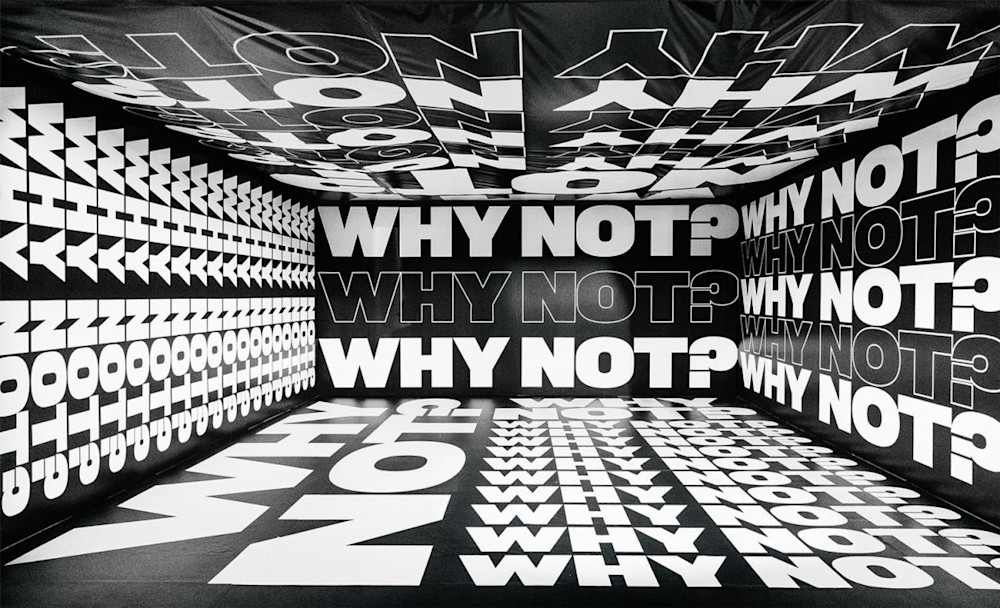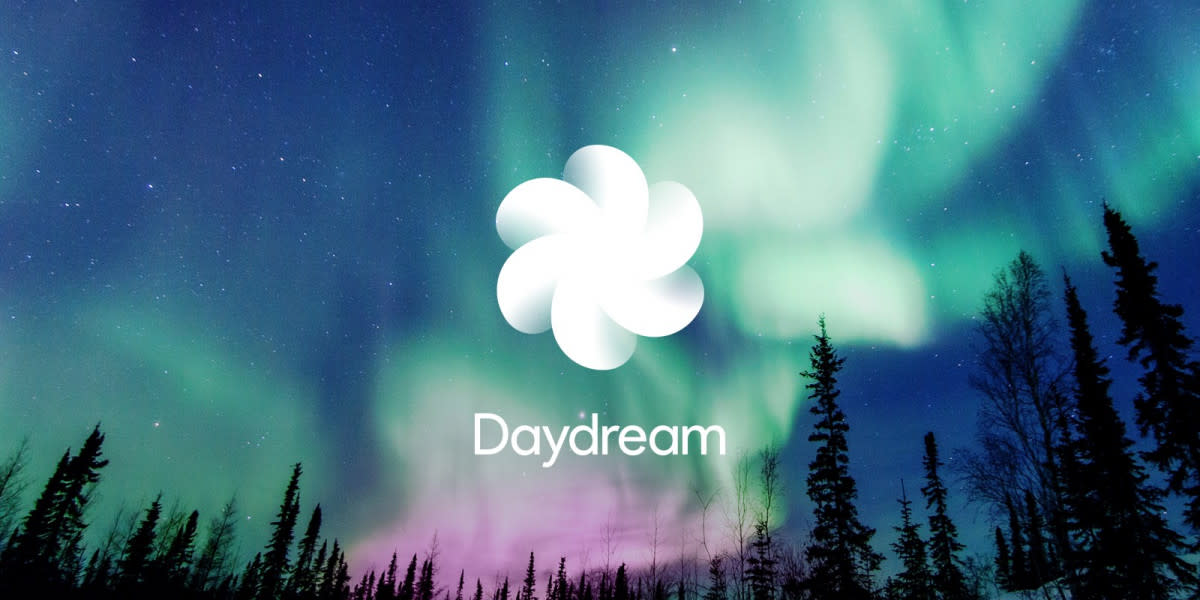Southsouthwest: A marathon journey
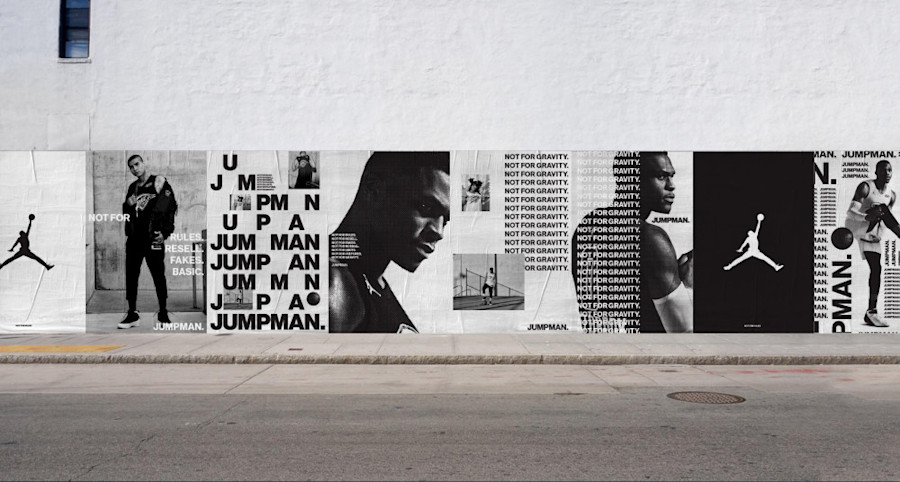
It’s a cool November's day in New York City and Andy Sargent is running. He’s about halfway through The New York Marathon, the final boss of trophy-runs, the ambient energy of one of the world’s largest races carrying him through the breeze. There is no office, no design tweaks, no distractions. Just two legs and an analogue grind towards the finish line.
Since Sargent started design agency Southsouthwest with Jonathan Price and Adam Gibson in 2007, that semi-automatic propulsive force has been at the core of its existence; a constant flow of energy that was integral to winning clients like Nike (who they have worked with for the better part of a decade), running self-managed ventures like [running publication] Tempo Journal and growing exponentially to become one of Australia’s fastest rising studios.
Until, that is, it grew too fast.
At some point in late-2017, the co-founders realised their successes were incongruous with self-satisfaction. The business was turning out work at a faster-than-preferred pace while growing at a rate that was doing no favours to their creative ambitions. So a decision was made to do the unthinkable: they downsized. The result, Sargent (who is now creative director) says, could be a case study in sticking true to your ambitions from day one.
Andy Sargent and Jonathan Price will speak at Semi Permanent Sydney 2019. Tickets available here.
How long have you been running?
Fairly-seriously for about seven or eight years now. I’ve been interested in the aesthetics and design culture surrounding sport from a very young age and we were also beginning to work with Nike on running related projects. My passion for running also came around the same time that urban running culture was emerging – a rise of organised community groups who had started their own running clubs and crews with an aesthetic not seen in running before.
In some ways those things have run parallel to one another: my passion for the sport was heightened by the work we were doing in it; contributing to the culture of running through one of its biggest associated brands. The other side is the mental clarity it provides. Running solo is a fantastic time for problem solving and ideation — not necessarily going out with the ambition of solving a problem but letting your mind meander and work through things.
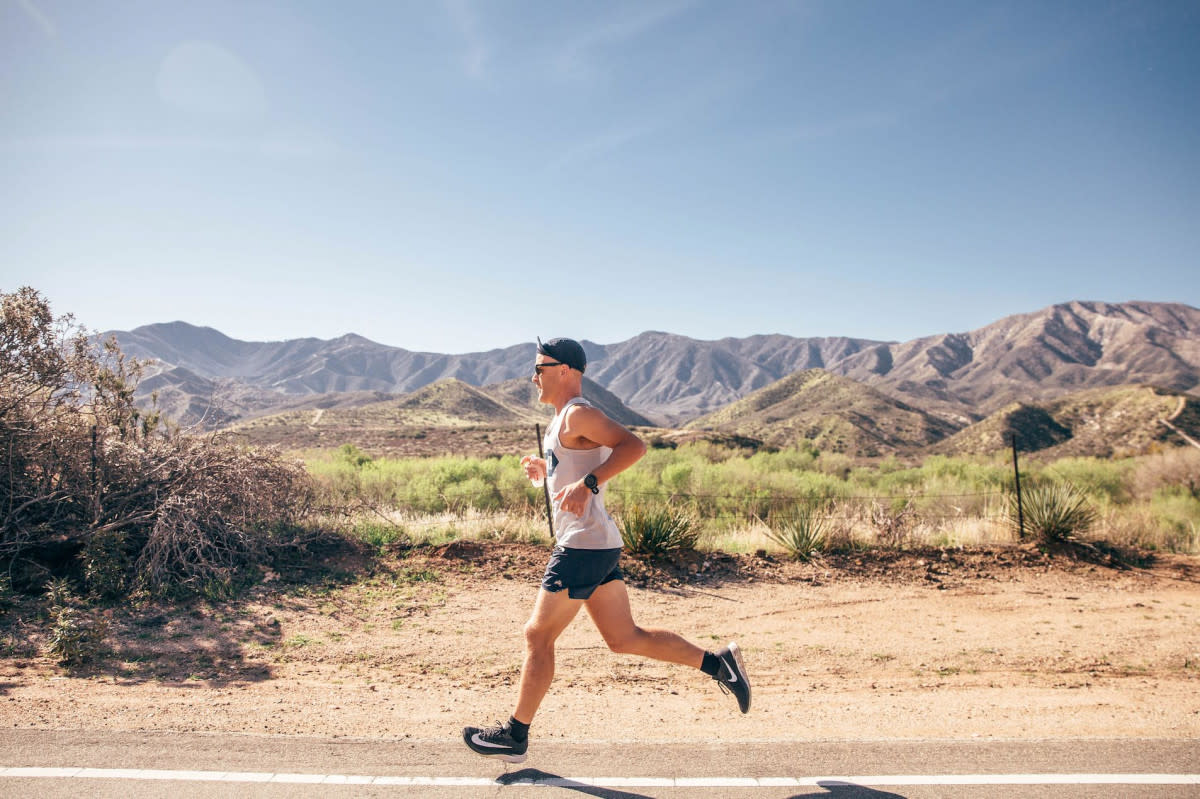
Do you ever struggle to disassociate that thinking when you’re running competitively?
Competition running requires focus over a really long time; to set a PB is a mental task as much as a physical one. When you’re racing, it’s all about racing. But during those long hours of training I try to think of anything but the race itself (that’s your time to escape). Then, after the race, the inspiration you get from any event whether it be in New York or the Gold Coast or Melbourne leads to a more inspired approach to the work.
You spoke at Semi Permanent nearly a decade ago (!), what happened at Southsouthwest during that time?
We’ve always been restless in where we want to take things and not necessarily letting our path be defined by what lands in our lap, so we’ve had three or four major pivots since we started out.
The last ‘major’ pivot happened at the beginning of this year which was the culmination of a number of things: As our work and the scale of our projects were increasing we found ourselves spread a bit too thin, at which point we realised we didn’t need to be doing everything for everyone to do things well.
At the same time we started taking on ventures of our own that were more complimentary to SouthSouthWest. We made the decision to scale back to a size where we could take on exactly what we wanted without missing any opportunities that came our way. These days we’re pretty pragmatic about what we take on and we’ve found we’re able to pour more time into bigger and better projects that suit us best. In some ways its unconventional, in other ways it makes perfect sense and is where the industry seems to be headed.
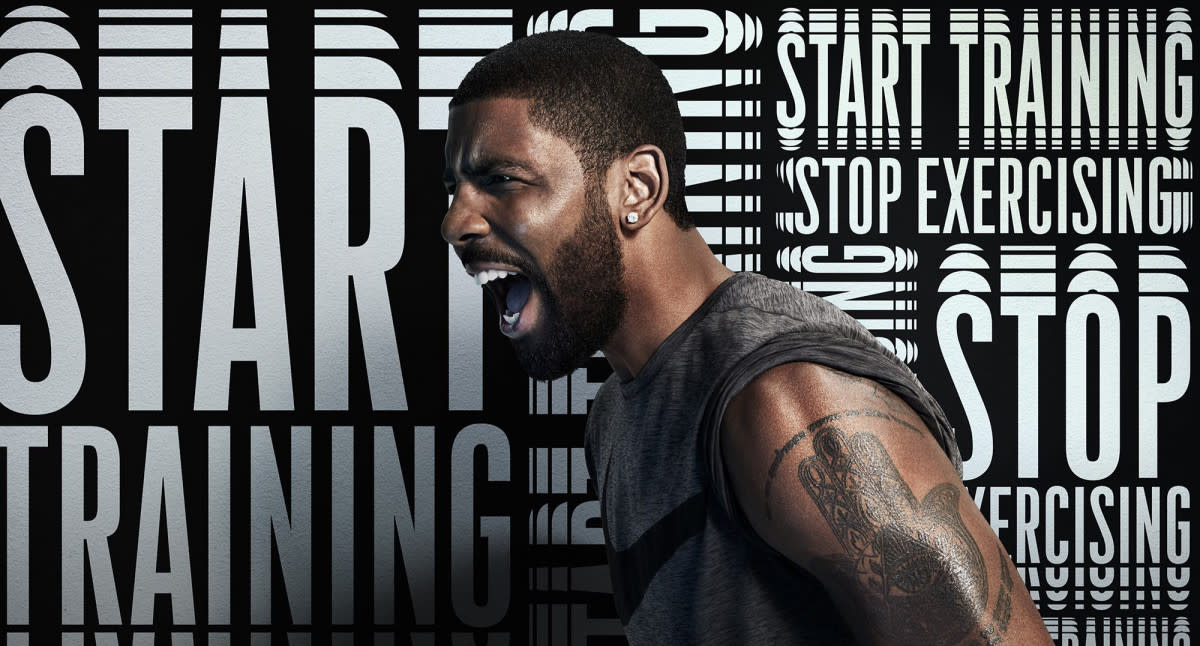
What’s the leadership dynamic between yourself as a creative director, and Jonathan as a strategy director?
Jonathan and I both studied fine art together but our paths prior to SouthSouthWest took slightly different directions. Typically there is a baton change between strategy and creative in a business, but the way we’ve scaled down allows us to overlap the whole way through. I’m quite organised and pragmatic whereas Jonathan is more freeform and insightful, so there’s a nice tension that we feed off and push and challenge one another. We realise it’s important for us to have that overlap, it’s what makes us unique. And yeah we have a process that’s continually evolving, but large organisations also have their processes and we need to be flexible enough to adapt. Whether it’s a Google sprint or a company that likes to do daily project reviews, we can’t expect every client to work the way we do. But we both understand each other’s value, and that’s really important.
Do you think there is a standardised graphic language between the projects undertaken by the studio?
I don’t think so as such. Our work is best defined by a strong sense of purpose. It probably comes from our fine-arts background or what was once known as a ‘multi-disciplinary’ approach. Whether it’s painting, graphic design, print, film or videography, at the core is a belief that any idea should be expressed in any medium. We’re not just the ‘graphic designers’ or the ‘designers of static brands’, we’ll express our brands however they need to be and extend the curve wherever it needs to go.
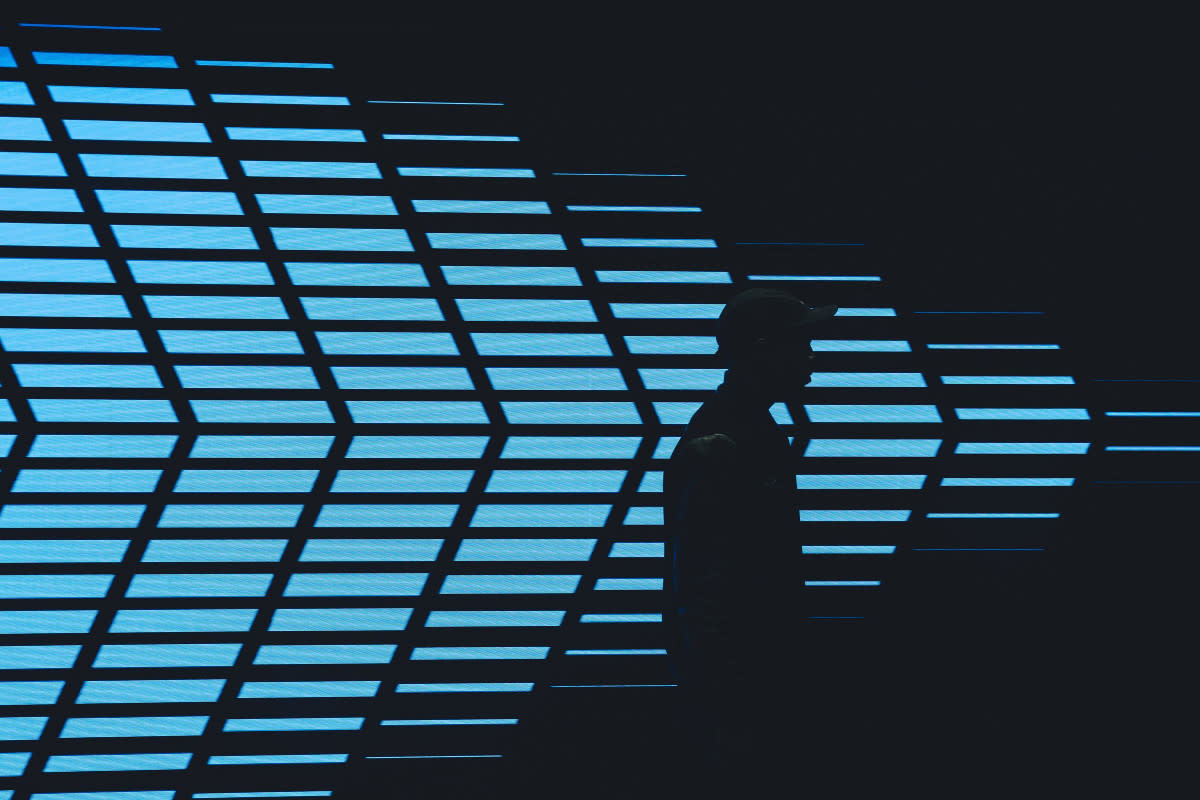
You mentioned SSW Ventures earlier, is there a criteria by which you invest in these?
There has to be a really strong connection to the team behind it as well as a belief in the product itself. Tempo Journal is a great example as a natural extension of a service or product that is adjacent to our own interests. The framework is within opportunities for us to be involved, have an impact and work with other people that are inspiring and we believe in. We don’t necessarily want to multiply our time over and over, so we’re pretty militant about what we get involved in, which is cool.

Tell us about your relationship with Nike.
It came through a very small opportunity to help a friend who just started working at WHQ in Portland. It’s been a pattern with many of our clients that a small opportunity has turned into something much bigger. We’ve been fortunate to partner with Nike for nearly nine years now on a huge variety of global projects across most major categories.
Nike can be pretty picky with their agencies. Why do you think you’ve had such longevity?
It’s a combination of [visual design, strategy and relationship management]. People regard working for Nike as this creative wonderland where anything is possible and you can take huge risks with no creative restrictions. But there is a really hard-nosed commercial side to an organisation like Nike, and having a really deep understanding of audience and product is central to the success of your work. Nike is a good example where if you’re designing in a vacuum with no understanding of the culture or context, ultimately the design is not going connect or endure. Running the New York Marathon is a great example, when you see the convergence of every element of the sport from all around the world on a city for single weekend, from elite athletes to run crews, amateurs and brands, those are experiences you can’t possibly properly appreciate from the outside or online. On the flip side, if you’re not thinking about commercial and business objectives, then all the design and culture in the world won’t help you.

Is that how you hire internally?
One of the first questions we’ll ask a candidate in the interview process is ‘what inspires you outside of design?' or 'what niche cultures are you passionate about?’ Design is becoming more and more competitive as the people behind it continue to come from more interesting and diverse parts of society. That doesn’t have to mean active sports, it could be the Tough Guy Book Club, or playing in a band. We surround ourselves with people are passionate about doing things outside of our immediate spheres.
What should we be looking out for between now and your talk at Semi Permanent next year?
We’re at the pointy end of realising our changed direction, and we'll start to speak about that more publicly. We’re also launching a few of those ventures we mentioned earlier, plus a bit more of our self-initiated work. We’ve been working a lot more in content creation and storytelling and there’s a really exciting VR project that we’ll be going public with shortly.
The New York Marathon is OK, but you also ran The Speed Project from Los Angeles to Las Vegas. How was that?
Haha. The Speed Project is a really unique event. It’s one of those rare moments in sport, and maybe life, where there are virtually no rules at all. You as a team in relay format, 550km non stop from LA to Las Vegas without any permit or road closures or permission. The experience through death valley in the searing heat is like nothing i’ve ever experienced. It’s a really wild event and a bastion for those wanting the ultimate challenge and a crazy trip — really what running should be, just run. But yeah, it’s probably the most brutal and challenging thing I’ve ever done in my life.
So you won’t be trying to beat it?
Not anytime soon.
Andy Sargent and Jonathan Price will speak at Semi Permanent Sydney 2019. Tickets available here.
